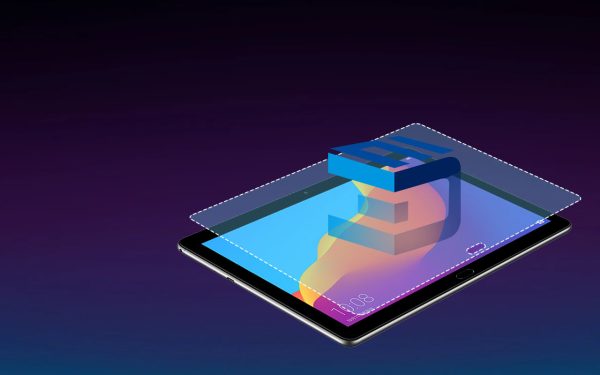In the world we live in, two-dimensional and three-dimensional are the two most common and important forms of spatial dimensions. From artistic creation to scientific research, from daily graphic design to complex architectural structures, the difference between two-dimensional and three-dimensional is everywhere.
1. Definition and basic characteristics
Two-dimensional space is a plane space composed of two dimensions (usually length and width). In two-dimensional space, all objects and figures can only be unfolded on the plane, without thickness or depth. Objects in two-dimensional space can be described by two coordinates (x, y) to describe their position.
Three-dimensional space adds a third dimension (height or depth) on the basis of two dimensions. Objects in three-dimensional space have not only length and width, but also height or depth, so they can show richer shapes and structures. Objects in three-dimensional space can be described by three coordinates (x, y, z).
2. Visual perception
The difference between two-dimensional and three-dimensional is particularly obvious in terms of visual perception. Two-dimensional graphics are usually expressed through lines, shapes, and colors, lacking a sense of depth and three-dimensionality. For example, although a flat painting can create a certain sense of depth through techniques such as perspective, it is still essentially two-dimensional. The audience can only observe and understand the content of the picture from a fixed angle.
In contrast, three-dimensional objects have a strong sense of solidity and depth. People can observe three-dimensional objects from different angles and can perceive changes in their shape and structure. For example, a sculpture can be observed from multiple angles, such as the front, side, and back, and each angle can present a different visual effect.
3. Mathematical description
From a mathematical point of view, the description methods of two-dimensional and three-dimensional are also different. Geometric figures in two-dimensional space can be described by plane geometry, such as circles, triangles, rectangles, etc. The properties and relationships of these figures can be studied through the formulas and theorems of plane geometry. For example, the area of a circle can be calculated by the formula S = π r 2, where ( r ) is the radius of the circle.

Geometric figures in three-dimensional space need to be described using solid geometry, such as spheres, cubes, cylinders, etc. The properties and relationships of these figures can be studied using formulas and theorems of solid geometry. For example, the volume of a sphere can be calculated by the formula V = ⁴⁄₃ π r ³, where ( r ) is the radius of the sphere. Objects in three-dimensional space can also be described by a three-dimensional coordinate system, where the position of each point can be represented by three coordinates (x, y, z).
4. Application fields
In practical applications, the difference between two-dimensional and three-dimensional is also reflected in different fields. Two-dimensional graphics are widely used in graphic design, painting, map making, and other fields. For example, graphic designers use two-dimensional graphics to design posters, logos, web interfaces, etc.; painters use two-dimensional paintings to express their artistic ideas; and map makers use two-dimensional maps to display geographic information.
3D graphics play an important role in fields such as architecture, engineering, movies, games, etc. For example, architects use 3D models to design buildings to show their appearance and internal structure; engineers use 3D modeling to design mechanical parts and products.
5. Computational complexity
From a computational perspective, the complexity of 2D and 3D is also different. 2D computing is usually relatively simple because only two dimensions of data need to be processed. For example, the drawing and transformation of 2D graphics can be achieved through simple mathematical formulas. The rendering speed of 2D graphics is also relatively fast because the calculation time is small.
3D computing is relatively complex because it needs to process three dimensions of data. For example, the drawing and transformation of 3D graphics need to consider depth information and perspective changes, and the amount of calculation is large. The rendering speed of 3D graphics is relatively slow because a lot of calculations are required to generate realistic images.
6. Spatial cognition
In terms of spatial cognition, the difference between 2D and 3D is also reflected in human cognitive ability. The human brain is naturally capable of processing 3D space because we live in a 3D world. We can easily perceive the depth, shape and position changes of objects and can observe and understand 3D objects from different angles.
In contrast, the cognition of 2D space is relatively simple. Although we can understand some basic shapes and relationships through 2D graphics, 2D graphics lack depth and stereoscopic sense, so they are not as intuitive as 3D in spatial cognition. For example, when children learn geometry, they usually find it easier to understand the shape and structure of 3D objects, while the abstract concept of 2D graphics requires more explanation and practice.
7. Data storage and transmission
The difference between two-dimensional and three-dimensional data is also obvious in terms of data storage and transmission. Two-dimensional data usually requires less storage space because only two dimensions of information need to be stored. For example, a two-dimensional image can store pixel information through a two-dimensional array, and the storage volume is relatively small.
3D data requires more storage space because three dimensions of information need to be stored. For example, a 3D model needs to store a large amount of data such as vertex coordinates, face information, texture mapping, etc., and the storage volume is large. In terms of data transmission, the transmission speed of three-dimensional data is also relatively slow because of the large amount of data.





